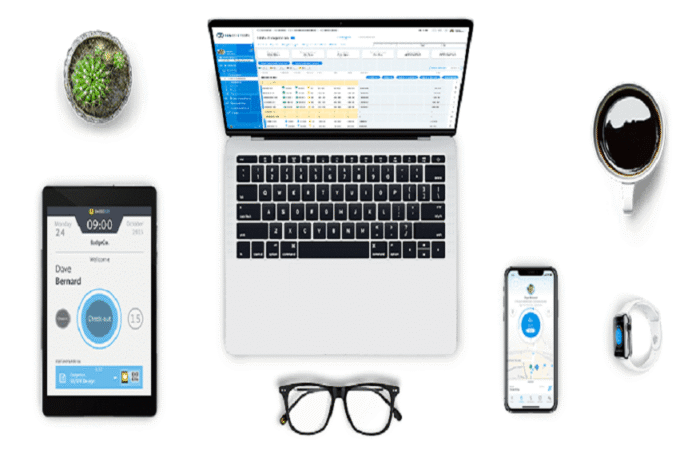
How to Measure ROI When Working with a SaaS Marketing Agency
Hiring a SaaS marketing agency can accelerate your growth, but how do you know if it’s truly worth the investment? The key lies in measuring ROI (Return on Investment). For SaaS companies, ROI isn’t just about immediate revenue—it also includes metrics like customer acquisition, retention, and lifetime value. Understanding how to measure these results ensures that your partnership delivers tangible benefits.
1. Define Clear Objectives
Before calculating ROI, set clear goals with your agency. Common objectives include:
- Increasing trial-to-paid conversions
- Boosting Monthly Recurring Revenue (MRR)
- Reducing customer churn
- Generating qualified leads
- Improving brand awareness and engagement
Having well-defined goals allows you to track the agency’s performance against measurable benchmarks.
2. Track Customer Acquisition Cost (CAC)
One of the most important metrics for SaaS marketing agency ROI is Customer Acquisition Cost (CAC). CAC measures how much you spend to acquire a new customer. To calculate:
CAC=Total Marketing SpendNumber of New Customers Acquired\text{CAC} = \frac{\text{Total Marketing Spend}}{\text{Number of New Customers Acquired}}CAC=Number of New Customers AcquiredTotal Marketing Spend
A lower CAC indicates that your agency is efficiently generating high-quality leads. Monitoring CAC alongside conversion rates shows how well campaigns turn prospects into paying customers.
3. Measure Monthly Recurring Revenue (MRR) Growth
MRR is a core SaaS metric. Agencies can influence MRR by:
- Converting free trials into paying subscriptions
- Upselling higher-tier plans or add-ons
- Reducing churn
Compare MRR growth before and after engaging the agency to assess the impact of their strategies.
4. Analyze Lifetime Value (LTV)
Customer Lifetime Value (LTV) is the revenue a customer generates during their relationship with your SaaS. A higher LTV means your marketing efforts are not only attracting users but retaining them long-term. To calculate:
LTV=Average Revenue per User (ARPU)×Average Customer Lifespan\text{LTV} = \text{Average Revenue per User (ARPU)} \times \text{Average Customer Lifespan}LTV=Average Revenue per User (ARPU)×Average Customer Lifespan
A strong ROI is often reflected in a rising LTV, indicating that your agency’s retention and engagement strategies are working.
5. Monitor Conversion Metrics
Conversion metrics show how effectively the agency turns leads into customers. Key metrics include:
- Free trial sign-ups
- Product activations
- Paid plan upgrades
- Webinar or content downloads
Tracking these conversions helps quantify the tangible results of marketing campaigns.
6. Evaluate Churn Rate Reduction
Reducing churn increases ROI by keeping revenue from existing customers. Agencies contribute to churn reduction through:
- Personalized onboarding
- Customer engagement campaigns
- Feedback loops and proactive support
Compare churn rates before and after campaigns to assess the agency’s effectiveness in retaining users.
7. Use Marketing Attribution Models
Marketing agencies often run campaigns across multiple channels—SEO, PPC, social media, email, and content marketing. Attribution models help you understand which channels contribute most to revenue:
- First-touch attribution: Credits the first interaction with a lead
- Last-touch attribution: Credits the last touchpoint before conversion
- Multi-touch attribution: Assigns value across multiple touchpoints
Accurate attribution ensures you know which campaigns generate the highest ROI.
8. Measure Engagement and Adoption Metrics
For SaaS products, ROI isn’t only about new customers. Engagement and adoption metrics indicate whether users are deriving value:
- Active users per month (MAU/DAU)
- Feature usage frequency
- Onboarding completion rate
High engagement typically correlates with lower churn and higher lifetime revenue, improving overall ROI.
9. Calculate Overall ROI
After collecting data, you can calculate ROI using this formula:
ROI (%)=Revenue Attributed to Agency Efforts−Agency CostsAgency Costs×100\text{ROI (\%)} = \frac{\text{Revenue Attributed to Agency Efforts} – \text{Agency Costs}}{\text{Agency Costs}} \times 100ROI (%)=Agency CostsRevenue Attributed to Agency Efforts−Agency Costs×100
This gives a clear picture of whether your marketing investment is paying off.
10. Continuously Optimize and Review
Measuring ROI is not a one-time task. SaaS marketing agencies should provide ongoing reports, analyze campaign performance, and optimize strategies based on data. Regularly reviewing ROI ensures you maximize revenue, minimize costs, and adjust tactics for better results.
Conclusion
Measuring ROI when working with a SaaS marketing agency involves tracking multiple metrics—CAC, MRR, LTV, conversions, churn, and engagement. By setting clear objectives, leveraging attribution models, and analyzing both revenue and adoption metrics, SaaS companies can determine the true value of their agency partnership. A data-driven approach ensures your marketing investment drives sustainable growth and maximizes returns.




